The windmill is synonymous with Holland. Built early in the country’s history as a water management tool, these mills pumped water out to let farmland & people in. Perhaps the most famous collection of windmills anywhere in the world can be found in Kinderdijk, South Holland. The Kinderdijk windmills are one of the most popular tourist sites in Holland & the one I enjoyed visiting most when I was touring the country as a guest of Visit Holland. Here are 10 things you need to know about Holland’s famous windmills:
1. They’ve been a UNESCO World Heritage site since 1977. That means that they are protected from development & preserved for generations to come.

2. People call these famous windmills home. I was blown away to learn that millers have called 15 of the 19 Kinderdijk windmills home for centuries & many families pass them down from generation to generation. One particular windmill has been in the Hoek family since it was built in the 1400s, with the 10th generation currently being raised in this piece of Netherlands history.

3. Windmills aren’t just pretty to look at, they serve an important purpose: starting in the 1400s, windmills were built around Holland to pump water out of the marshy peat soil. Currently there are 56 windmills around Holland pumping out water, including the 19 at Kinderdijk which were built in the 1700s.
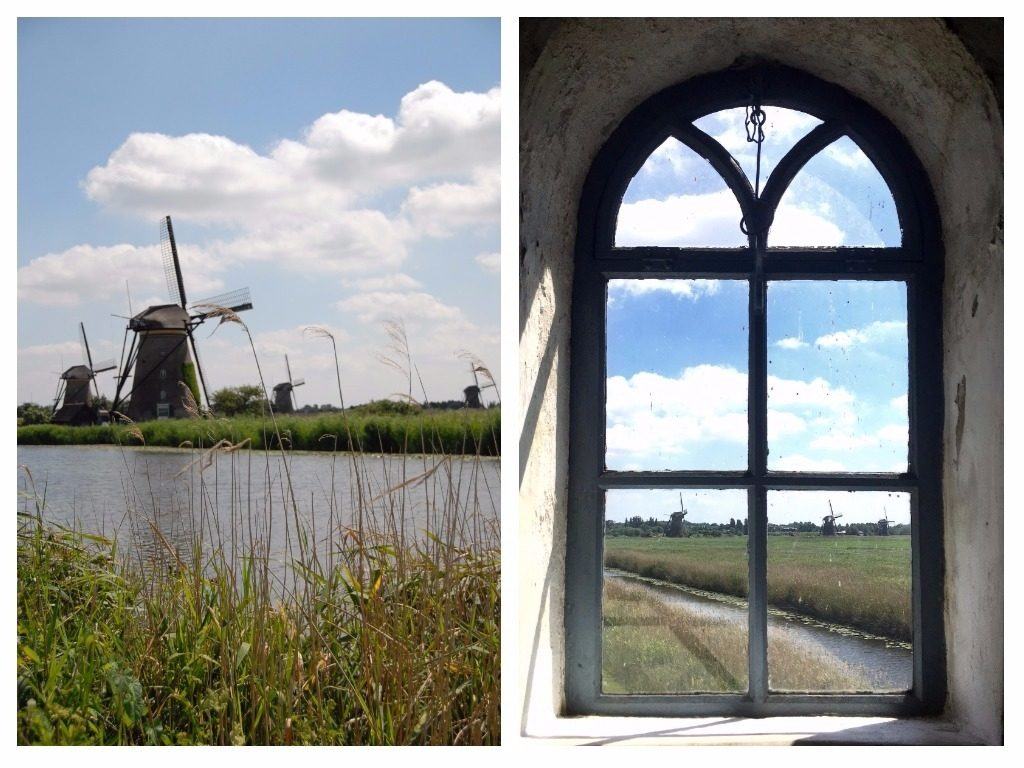
4. These internationally known windmills are visited by 500,000 – 600,000 people a year. While it is possible to visit the site without paying admission, visitors are encouraged to purchase a tour ticket, as the money goes directly back into the maintenance of the Kinderdijk windmills.
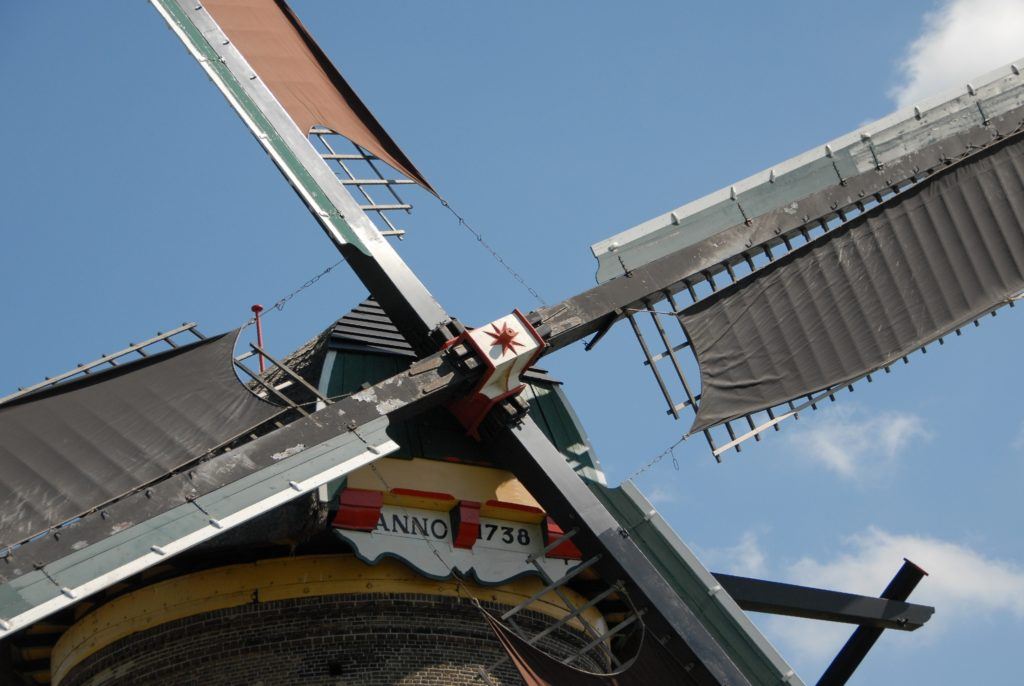
5. Windmill arms (or sails, as they’re officially known) can be used to communicate. By stopping the arms in a certain position, the miller can share news of the birth of a baby, a wedding or a death in their family.
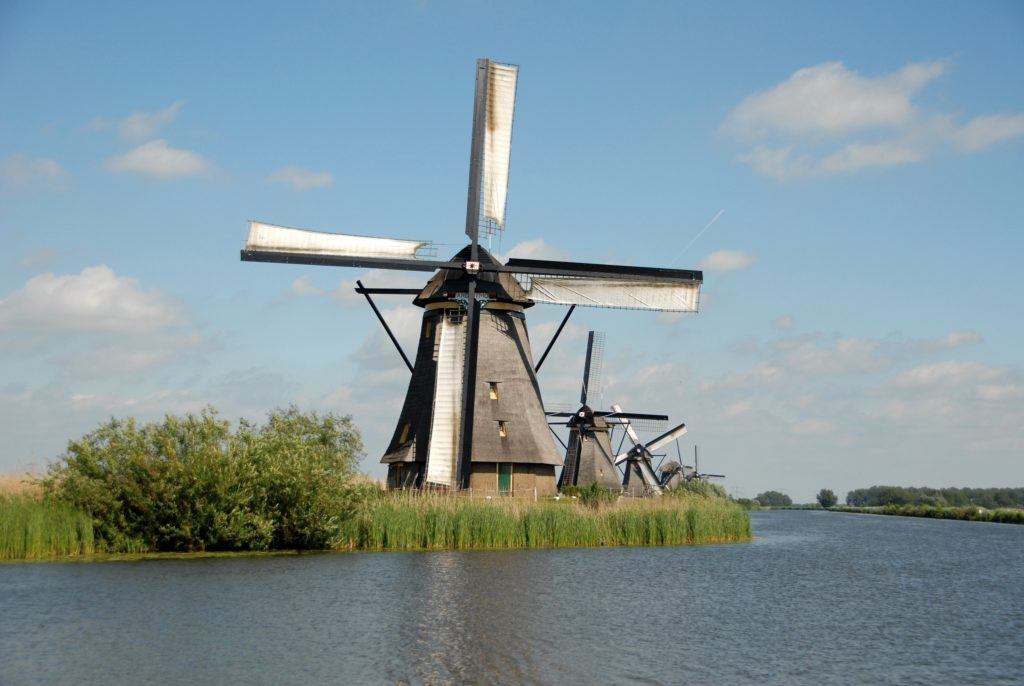
6. Because of the protected nature of the landscape, many rare birds call Kinderdijk home, including the Black Tern & Purple Heron.
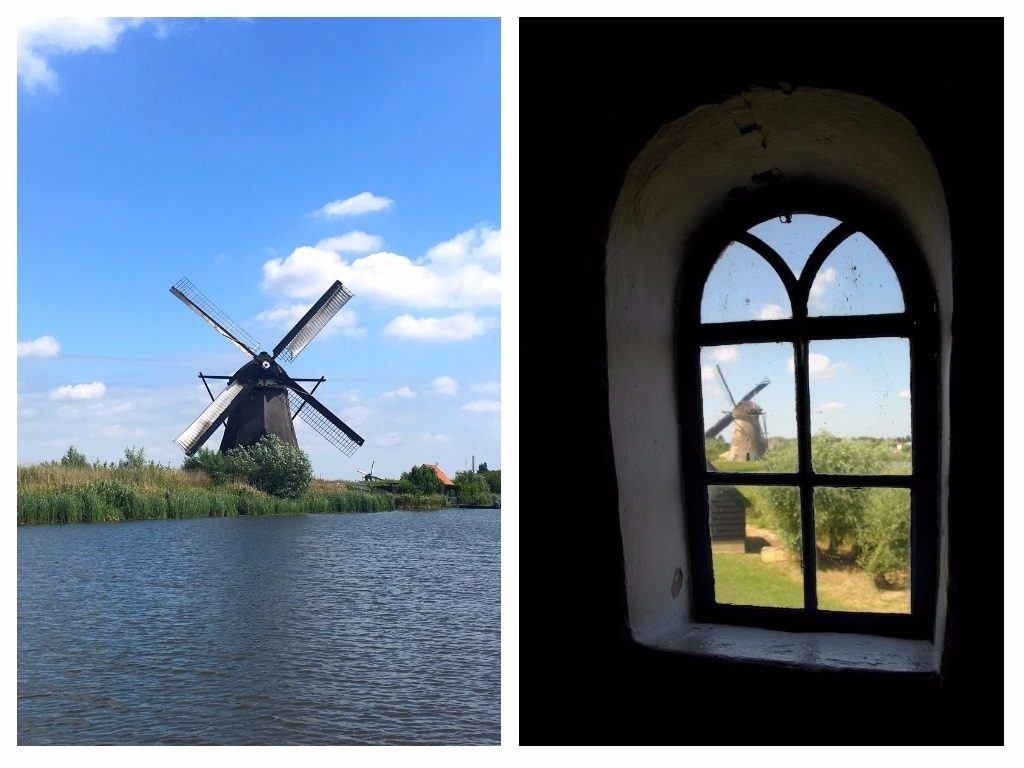
7. The best way to see the Kinderdijk windmills is by boat or by bike. Visitors can take a navigated boat tour, which runs throughout the day, or rent a bike in town & ride along flat gravel paths past the iconic sites.
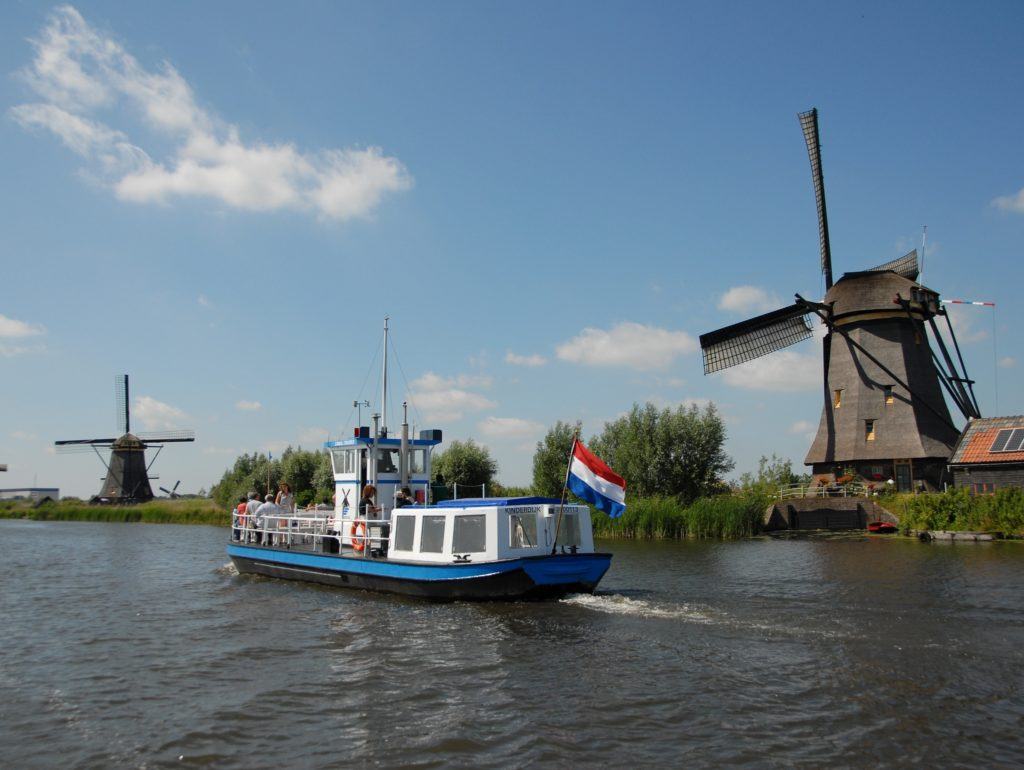
8. Kinderdijk can be reached via car, but can also be easily reached by water taxi from Dordrecht or, for the especially adventurous, all the way from Rotterdam.

9. Clogs are the real deal! These wooden shoes have been loved by millers for generations, since they provide a stable walking surface across the often soggy land. Modern day millers still wear them on a daily basis.

10. The majority of the guides at Kinderdijk are volunteers who are passionate about preserving the windmill culture & sharing the site’s important history.

Note: My visit to Kinderdijk was hosted by Visit Holland; however, as always, all opinions are my own.

Nice! The Hoek family have been millers in Kinderdijk since the second row of windmills was built in 1740. To be precise. Otherwise very nice comments. Thank you Christina.
Thanks for clarifying, Peter Paul! Now if only I could have fit in the story about your high school German teacher somewhere into the post… :)
I am Dutch and only driven past Kinderdijk, once… at night. So I have no clue ;-) I am from the south of The Netherlands (which isn’t ‘Holland’) and since the landscape is a lot different there, windmills are rare there. I live in Utrecht now, near 2 gorgeous windmills and they always make me smile. What is it about them!!
Great photos!
You must get back there! Grab a bike (oh, so Dutch!) & peddle past the sites.